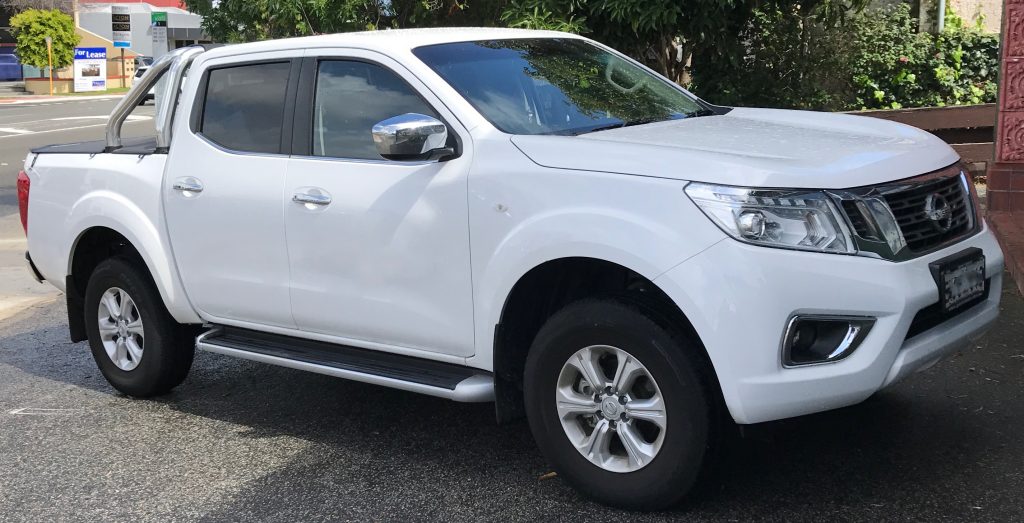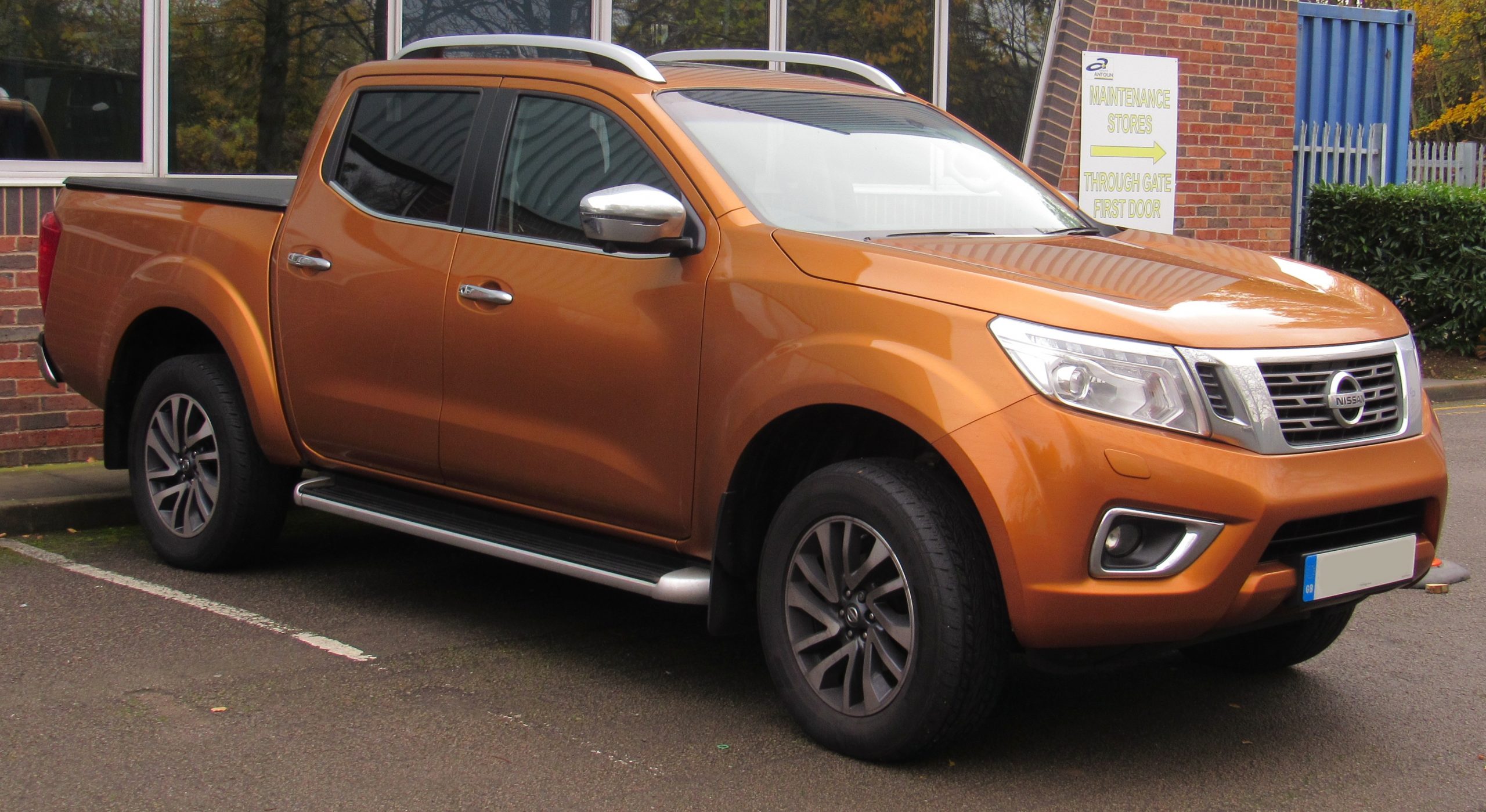The 4×4 or all-terrain vehicle is a type of vehicle theoretically capable of moving anywhere and not only on roads. For this purpose, all its wheels are driven and the ground clearance of its bodywork is raised. A military vehicle par excellence, the 4×4 has nowadays developed in different forms: from the utility vehicle to the SUV (sport utility vehicle), via ATVs (all-terrain vehicles) or quads.
The 4×4: a military all-terrain vehicle

Definition
More than just a specific bodywork, an off-road vehicle is an automobile with the ability to travel and cross off the conventional road network. More or less important depending on their design, some of these vehicles are even amphibious.
A brief history
Military Origins

Initially intended for military personnel whose fields of intervention are very often rough, the all-terrain vehicle was born towards the end of the First World War. Out of necessity, it is very robust and by design, it is capable of operating on diverse and undeveloped terrain.
It is understandable why the military would be interested in such vehicles. Developed during the First World War, its main novelty was to have all its wheels or tracks driven. Thus, it could evolve in difficult environments, even when made slippery by rain and mud. In addition to this reinforced traction, the ground clearance is increased, while the front and rear overhangs are reduced, always to avoid hitting the sometimes very uneven terrain.
Between the two wars, engineers derived tractors, both agricultural and non-agricultural, and some off-road vehicles with a purely utilitarian vocation, such as the famous Citroën Kégresse. In Japan, Mitsubishi created the first Japanese 4×4 vehicle as early as 1933.
All-terrain vehicles: why choose a 4×4?
In view of the different types of 4×4s and their characteristics, these vehicles are attracting an increasingly large clientele, even if their primary vocation remains pure off-roading.
– Obviously, you will opt for a 4×4 whenever the need to travel on a wild, slippery and/or uneven terrain arises.
– Even without special tires, its grip is always optimal because of its drive wheels. This is why it is particularly appreciated by the inhabitants of medium or high mountains as well as by tourists on excursions in countries with exotic roads.
– Finally, today it provides a good level of comfort for driving on normal roads and even motorways.
Note: the legendary reliability of 4×4s and their ease of maintenance have been blunted with the coming into force of anti-pollution standards, forcing their turbo-diesel and petrol engines to adopt electronic fuel injection and particulate filters.
Which 4×4 for which purpose?
Depending on your profile and lifestyle, you will adapt your choice of off-road vehicle to your needs:
– For a professional or utility purpose, you will choose a vehicle capable of accessing difficult and unpaved terrain with 2-wheel drive and low ground clearance. It will, therefore, be a wheeled tool.
– To ensure green leisure rides or sporty outings, many models are available today, from the Nissan Navara pickup to the Mitsubishi L200 and the Toyota RAV4.
Good to know: today there’s a vehicle for every purpose that maintains the versatility needed for comfortable conventional use.
Advantages and disadvantages of 4×4s

The advantages of the 4×4
Let’s see here the main strong points of this type of vehicle:
– true off-road ability;
– the increased grip and active safety in difficult conditions (rain, snow, mud and even ice);
– road and off-road versatility offering great freedom of movement (depending on the country and its legislation in force);
– good loading and towing capacities;
– elaborate design and general robustness;
– high driving, originality and rewarding aspects;
– mainly on pickup trucks: company vehicle tax and VAT on fuel recoverable if the vehicle registration document stipulates it is a van type.
The disadvantages of the 4×4
Any weaknesses? There are a few.
– often higher purchase and maintenance prices (all-wheel drive and high wear of specific tires);
– fatally higher fuel consumption in the city (higher mass) or on the motorway (poor aerodynamics and greedy all-wheel drive);
– congestion in an urban environment and reduced agility for the largest models;
– driving pleasure on the road is less pronounced than with a car, depending on the rusticity of the model;
– average road holding, even worse when empty (in the case of pickups);
– delivery time is often relatively long (when new).
Price of an off-road vehicle
Because of their all-wheel-drive, off-road vehicles are always more expensive than their 2-wheel drive version when available. The prices indicated below are for indicative purposes and inclusive of tax and correspond to a new purchase.
| Models | Prix |
|---|---|
| Pickup | from 26,000 to 45,000 dollars. |
| 4×4 bivolume | from $12 000 (Lada Niva) to $150 000 (Mercedes G class) |
| Low cost | from $12 000 |
| Other 4×4 | from $16 000 to $100 000 (BMW X5) |
This post continues in Part 2 to cover:
(a) Jeep or pickup?
(b) From SUV to ATV, which off-road leisure vehicle should you choose?
If you like this post, don’t forget to comment in the section below.

